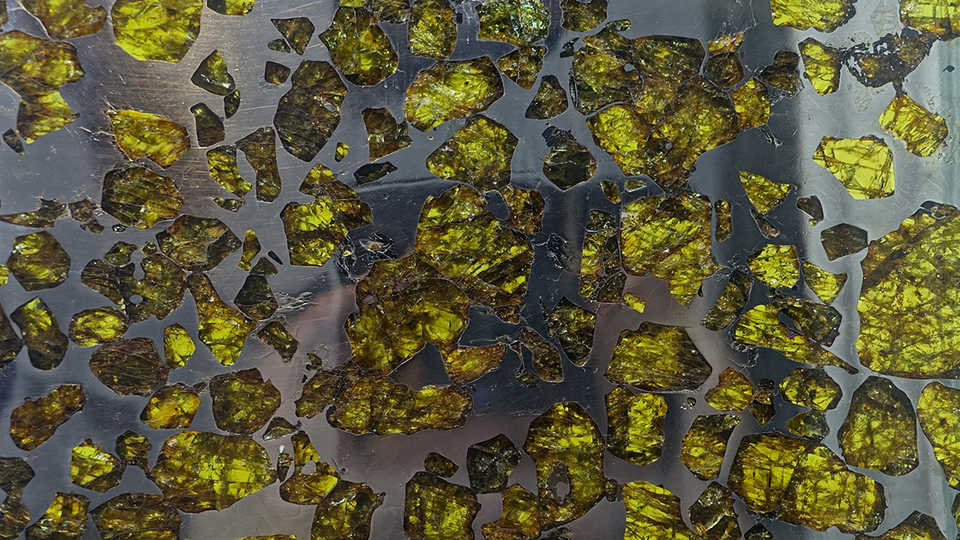Universe Update
Stirring Up the Solar System

The American Astronomical Society (AAS) meets starting tomorrow in Grapevine, Texas, and you can follow us here for astronomy news as the week goes on…
Although we have retired the Academy’s Science Today news stories with our final post last Friday, we will continue to provide astronomy coverage under the Morrison Planetarium banner—see yesterday’s article on perihelion for one type of story you can watch for!
As part of Science Today, we covered numerous stories from the American Geophysical Union (AGU) fall meeting last month—everything from measuring the oceans’ heat to looking for water on Ceres. I thought I’d share a little bit more science from that meeting as a prelude to what we might expect to hear at AAS.One area of significant overlap between the researchers who gather at AAS and AGU is planetary formation… Basically, asking the question of how we got here in planetary (not necessarily biological) terms, typically with reference to the formation of our solar system. But with the discovery of literally thousands of planets outside our own, it also becomes a question of how these systems form in general.
At AGU’s honorary Shoemaker Lecture (named for Eugene Shoemaker, who developed ideas about asteroid strikes on Earth and co-discovered the comet that slammed into Jupiter in 1994), Meenakshi Wadhwa of Arizona State University described her work using meteorites and samples from spacecraft to understand the history of the Solar System. In a recent video, we talk about a related topic, using computer simulations to study the same problem, but Wadhwa looks at the actual leftovers from planetary formation—she studies physical material that wandered the Solar System for billions of years before striking Earth.
Examining these samples in the laboratory allows Wadhwa and her colleagues to “ground truth” the computer simulations and remote observations made by other researchers. In particular, she is interested in the “early phases of planetary building,” as dust particles (less than about 10 microns in size, which is smaller than most bacteria) accrete to form planetary embryos (between one and five kilometers in size). That’s a lot of accreting! And a particular challenge for scientists to make sense of.
In particular, Wadhwa uses the decay of radioactive isotopes to determine the ages of specific samples, which in turn allows her and her colleagues to understand what was happening when in the early Solar System. Looking at isotopes of lead, for example, can give a good absolute age, but without the desired accuracy, so she cross-references those measurements of aluminum and manganese isotopes as well. This is critical for recreating the sequence of events that led to planets—and Earth! And us! All these events happened more than four billion years ago, but some things may have only taken 100,000 years or so to occur. So the tools we use to determine the timeline need to be astonishingly accurate.
In addition to Wadhwa’s work and the computational techniques described in the aforementioned video, scientists also use remote observations to figure out what’s happening—on the surfaces of asteroids and comets orbiting the Sun (relatively close to home) as well as in planetary systems taking shape right now, many light years away. Observational astronomers are particularly adept at this sort of work, using the laws of physics to tease out phenomena at incredible distances, and since AAS is the largest gathering of astronomers in the world, we can expect to hear a lot more about their discoveries this week! Stay tuned.
Categories: Solar System Stuff; Exoplanets
Image: Daderot/Wikipedia